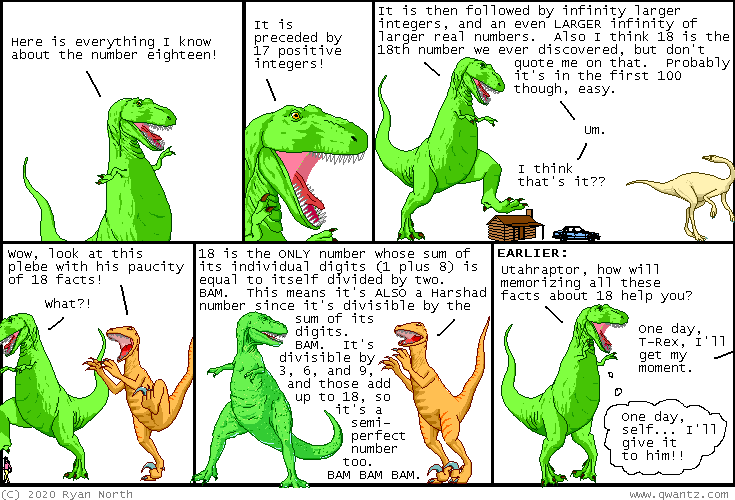0
I have a question about the following passage from this article:
Moschidis imagined standing in the middle of AdS space-time, which would be like standing inside a giant ball whose edge or boundary lies at infinity. If you sent a light signal from there, it would travel out and reach the boun...







